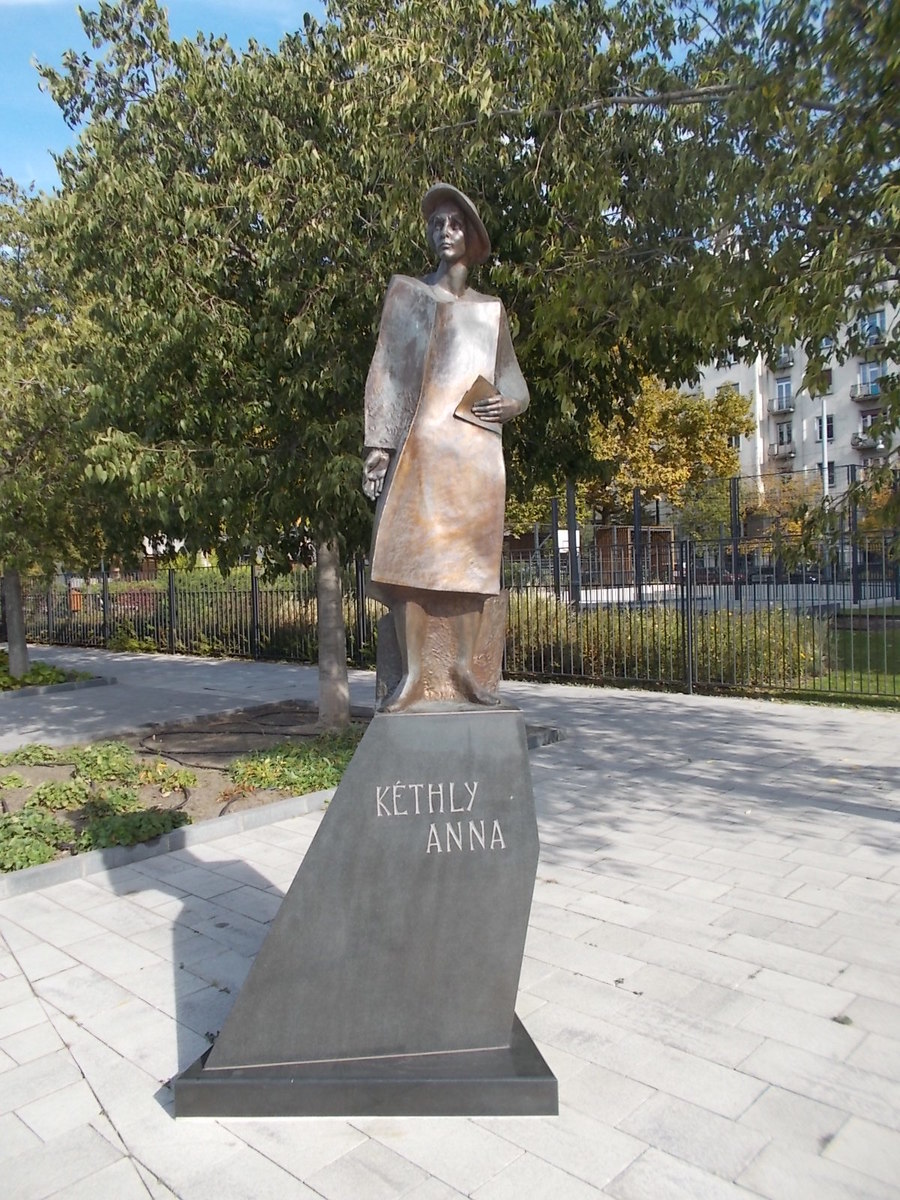Through a parliamentary reform on 7 March 1906, Finland became the first country in which women had the right to vote and be elected. Gender-balanced participation in legislation is still typical of the Scandinavian country; last year, for example, the proportion of women in the Finnish parliament was 41.5%, writes Dívány.
The idea to extend the right to vote to society as a whole, regardless of origin, wealth or gender, first came into thought in the Age of Enlightenment. However, women had to wait a long time before they could vote. In the 19th century, the social fabric gradually transformed, and more and more layers of society were given civil rights. Feminist movements have been fighting since the middle of the 19th century to give women these rights, to be able to vote and to be able to get elected. Suffragette movements often organised demonstrations and protests to raise awareness of their cause.
For the first time in the world, women were granted full voting rights in 1869 in the state of Wyoming (then Territory of Wyoming) of the United States, and soon after, in 1893, New Zealand gave women the right to vote.
However, in much of Europe and the Western world, it was only in the first decades of the 20th century that these rights were granted. Finland was the first European state (Grand Duchy of Finland at the time) to grant women full suffrage in 1906. Most European and Western nations joined Finland in the 1910s, including Norway (1913), the Netherlands (1917), Germany (1918), Great Britain (1918), Canada (1919), and the United States (1920). An important factor in this was the change in the social role and perception of women during World War I. While men were fighting on the front, women had to take over their jobs in the hinterland and work in factories, offices, and often in the police and fire departments.
On the occasion of International Women’s Day, you should read these two articles about Hungarian women. In this article, you can read about the possibility of Hungary’s first-ever female astronaut, and in this other one, you can see how many of the most influential people in the world are Hungarian women.
The issue of women’s suffrage was first raised in Hungary after the Compromise. In 1871, Pál Madocsányi, the spokesman for the Liberal Party, submitted a petition to the National Assembly of Hungary, but his request was met with general hilarity. By the turn of the century, however, women’s rights had already begun to be realised in Hungary. From 1895, for example, some university faculties were open to women, and women’s associations were being constantly formed. The fight for women’s suffrage was led by the Social Democratic Party and the Feminist Association, founded in 1904. One of the most prominent leaders of the latter organisation was journalist Rózsa Bédy-Schwimmer, who founded the magazine called Woman and the Society, which reported on women’s rights issues and events and helped organise the work and membership of the association. The newspaper carried out a major survey of politicians, lawyers, and other public figures to support women’s suffrage.
The survey found that many people were already in favour of extending voting rights to women.
However, despite the public opinion evolving, no progress was made. The electoral law of 1913 still gave the right to vote only to men. In 1917, Vilmos Vázsonyi, the Minister of Electoral Law, proposed a bill on women’s voting rights, but after a month of debate, a special parliamentary committee concluded that the issue was “not timely”. Finally, following the Aster Revolution in 1918, the Károlyi-government introduced a program to broaden electoral rights, including women provided they were at least 24 years old, they were able to read and write and had been a Hungarian citizen for at least six years. The Council Republic expanded the law even further; all men and women could vote from the age of 18. In April 1919, council elections were the first in Hungary where women could vote. The conditions for women’s voting rights have been tightened several times during the Horthy era, but the right to vote has always been preserved. Finally, in 1945, universal and secret voting rights were introduced, ensuring equality between women and men in politics.
Margit Slachta, who was elected to the Parliament in 1920, was the first Hungarian female member of parliament and member of the Christian National Union Party. He worked for the Parliament for two years, then became a member again in 1945. Anna Kéthly, a social democrat, was the second female member of the Parliament and worked for more than 25 years, from 1922 to 1948. Between 1945 and 1948, she was the vice-president of the National Assembly and later vice-president of the Parliament before the Communists expelled her from the party and then arrested her on trumped-up charges.
But what about the role of women in politics today? Surprisingly, Rwanda is at the head of the world rankings, with 49 women on the board of just 80 members, giving a rate of 61.3% of women in the legislature. Cuba takes second place with 53.2% – 322 women out of 605 members, and Bolivia is at the bottom of the podium with 53.1% – 69 women out of 130 members. Of European countries, Sweden is the first, only ranking 5th in the world. Women politicians make up 47.3% of the Swedish Parliament. Unfortunately, Hungary ranks only 148th. Of our 199 elected MPs, only 25 are women, meaning the rate is as low as 12.6%. In Europe, only one state, Ukraine, has done worse than us. Papua New Guinea, Vanuatu and Micronesia, which do not have any female MPs in their national parliaments, are on the bottom of the list.

